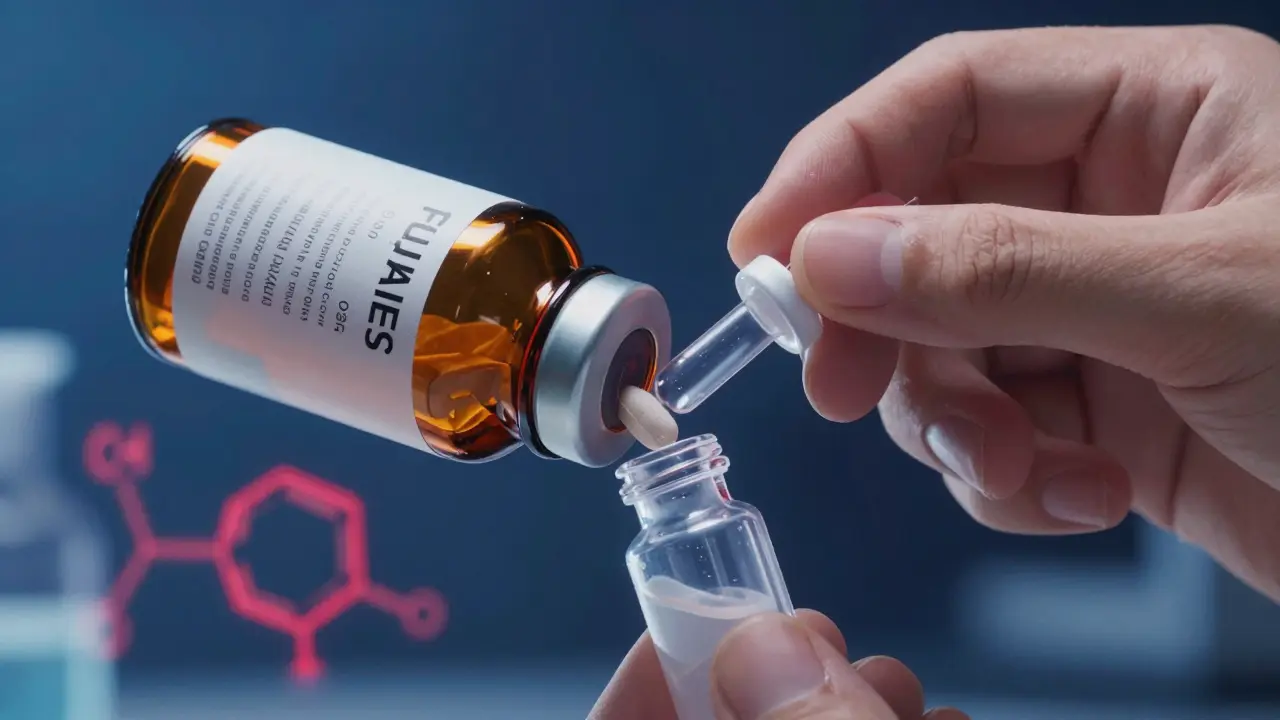Dosage Recommendations: Find the Right Dose Fast
Getting the dose right matters. Too little and the medicine won’t work; too much and you can get harmed. This page gives clear, practical steps to check doses, measure medicines correctly, and handle common special situations.
Start with the basics: read the prescription and the pharmacy label. The prescriber, pharmacy label and patient leaflet contain the correct strength, frequency and total duration. If those sources disagree with each other or with what your doctor told you, call the prescriber or pharmacist before changing anything.
Use weight and age rules when they apply. Many children’s and some adult doses are calculated by mg per kg. If you need to convert a weight-based dose to milligrams, ask the pharmacist to confirm — guessing or rounding without checking can cause underdosing or overdose.
Special cases: kidneys, liver, pregnancy, and interactions
Your kidneys and liver remove many drugs. If you have reduced function you may need lower doses or wider spacing between doses. Pregnant or breastfeeding? That changes which drugs are safe and what dose to use. Also look for drug interactions: combining medicines, vitamins, or herbal supplements can raise or lower drug levels and change the right dose.
Watch for high-risk drugs that need careful dosing. Steroids such as prednisone require tapering plans to stop safely; abrupt changes can cause harm. Antiepileptics like carbamazepine need steady blood levels and close follow-up when doses change. Asthma inhalers have specific pre-exercise dosing rules for athletes — check WADA rules if you compete, and ask your doctor about permitted inhaler doses.
Measuring and giving medicines
Never use a kitchen spoon for liquid meds. Use the oral syringe, dosing cup, or dropper from the pharmacy. For creams and ointments, follow the fingertip unit or the product guide. For inhalers, learn the right technique — poor technique wastes medicine and reduces effect. For injectables, only use trained hands or clear instructions and proper syringes; for example, fertility injections need exact volumes and sterile technique.
Make a simple dosing schedule. Set phone alarms or use a pillbox and mark each dose when taken. If you miss a dose, check the leaflet or ask a pharmacist — some drugs you skip and make up, others you skip and wait until the next time. Never double up unless told to do so.
Buying meds online? Confirm the exact strength and form match your prescription. Verify the pharmacy’s credentials, look for clear contact info, and keep proof of the order. If the product arrives with different dosing instructions, stop and consult your prescriber or pharmacist.
Keep a current med list and review it regularly. Note each drug’s dose, why you take it, who prescribed it, and when it started. Bring this list to appointments so your clinician can adjust doses safely as your health changes.
When in doubt, ask a pharmacist. Pharmacists are the easiest experts to reach for dose checks, interaction questions, and measuring tips. A quick call can prevent mistakes and keep your treatment working the way it should.
Guide to Safely Ordering Viagra Oral Jelly: Dosage, Effects, and Interactions
This article provides an in-depth look at Viagra Oral Jelly, focusing on safe usage practices, understanding medical and side effects, and interactions with other drugs. It also gives insights into the most common dosages and recommendations for individuals considering this medication. With an emphasis on safety and efficacy, the guide offers valuable information for making informed decisions about using Viagra Oral Jelly.






